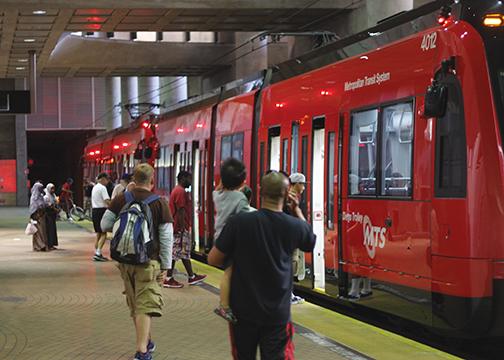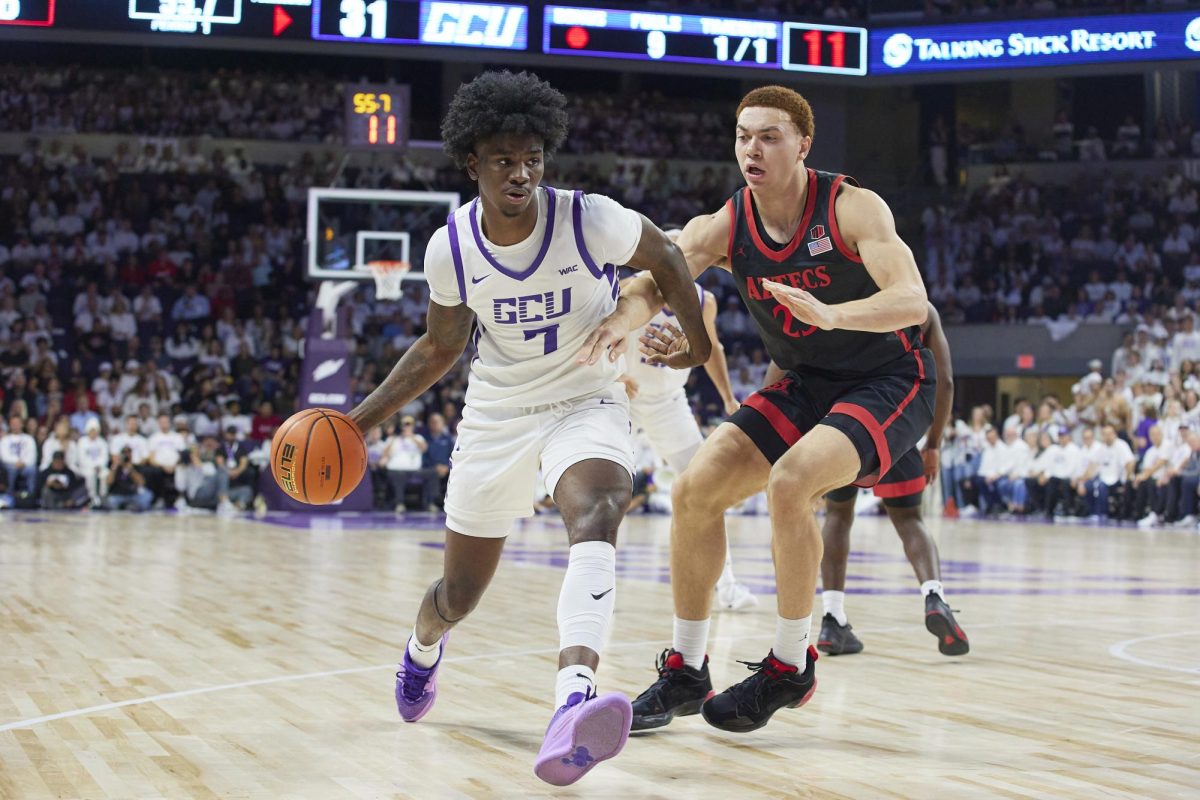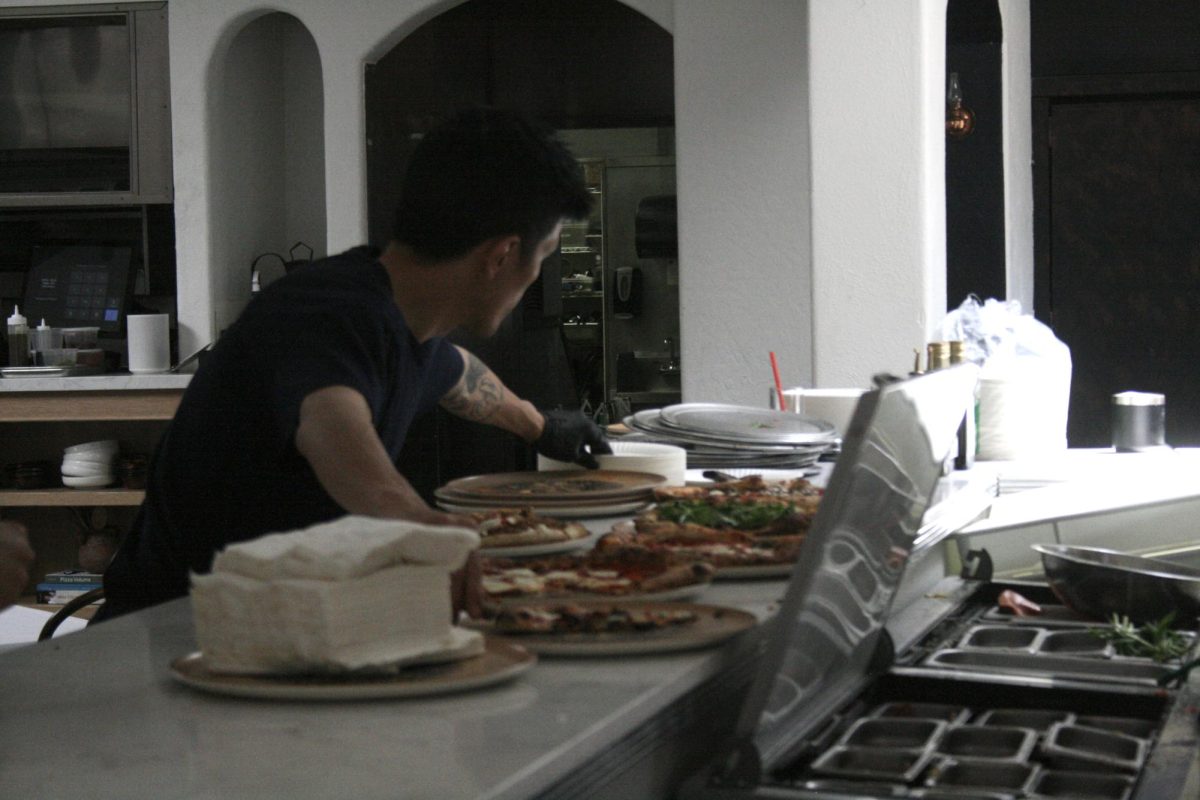It’s a Saturday night and a San Diego State student decides to mosey on over to downtown San Diego, where he or she will remain until 2 a.m. Due to ridiculously expensive parking prices, taking the trolley or the bus seems like a rational alternative. However, when it comes time to head back home, all public transportations have shut down for the night leaving the student with either the expense of cab fares and Uber, or the dangers surrounding drunk driving.
Generally speaking, the latest MTS vehicles run no later than approximately 2 a.m., but that’s when they’re heading back to San Diego. So depending on where people live, chances are most will have to leave well before last call. In desperate times when intoxicated individuals don’t feel like taking a cab or getting price gouged by Lyft and Uber are going to get behind the wheel. To ensure the safety of the community, MTS needs to operate 24 hours — at least for nights on the weekend.
The SDSU Police Department has already arrested 37 people this year for driving under the influence, but that’s minuscule compared to the rest of the city. In 2011, there were more than 15,000 DUI-related arrests in San Diego County, making it the third highest in California. To make matters worse, the average person will drive drunk 80 times before an arrest is made, according to Mothers Against Drunk Driving. Clearly, drunk drivers aren’t a rarity, so I’d expect San Diego to take action by making public transportation more accessible to avoid the risk of drunk drivers.
Not only are drunk drivers endangering themselves, they’re putting lives of others in their clumsy hands as well. Society needs to continue educating people about the dangers of drunk driving, while the justice system continues to punish those who break the law. But providing them with the proper resources is a necessary step to add to each of these efforts.
It’d be naive to think this problem can be solved overnight, but providing potential drunk drivers the alternative option of affordable late-night transportation is crucial. Expensive transportation options, such as taxis, Uber and Lyft only encourage more people to drive drunk. At the end of a night out, one can take the trolley or the bus to, and from his or her bars of choice. Wait times might be longer at the dead of night, but that’s a significantly better option than driving under the influence and risking lives.
According to a study from the National Bureau of Economic Research, when Washington, D.C. extended its metro service by three hours, the city reduced the probability of a DUI-related arrest by approximately 14 percent. As a result, alcohol-related crimes increased by roughly 5.4 percent, but a drunk being a public nuisance is less harmful than driving a two-ton vehicle at high speeds.
MTS covers a lot of ground with the abundance of trollies and buses all throughout San Diego. Referring back to the same study, the effect dissipates the farther away the alcohol vendor is from a metro station. Therefore, the combination of the bus routes and trolley lines offered in San Diego should reduce the amount of drunk drivers and DUI-related arrests.
Extended hours would not only more convenient for everyone using public transportation but it also creates a heightened sense of safety among individuals who drive late at night. This is a win-win situation for the people of San Diego.
In 2009, the American Public Transportation Association recognized MTS as the most Outstanding Transit System. This change would only make it that much better by increasing safety measures in the city of San Diego. Decreasing the number drunk drivers and DUI-related arrests is as simple as a small schedule fix, and its time San Diego makes the quick switch to save lives.












